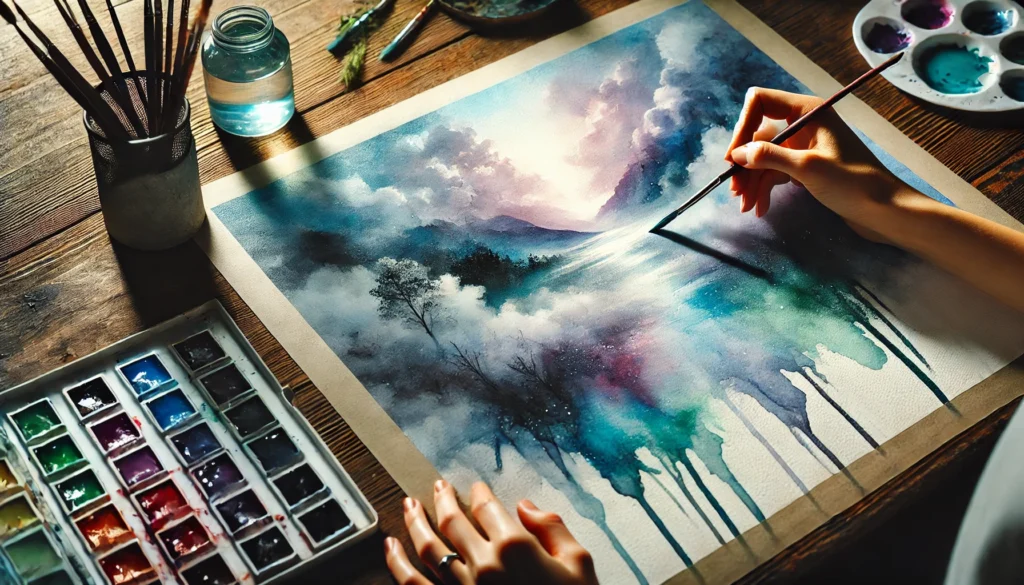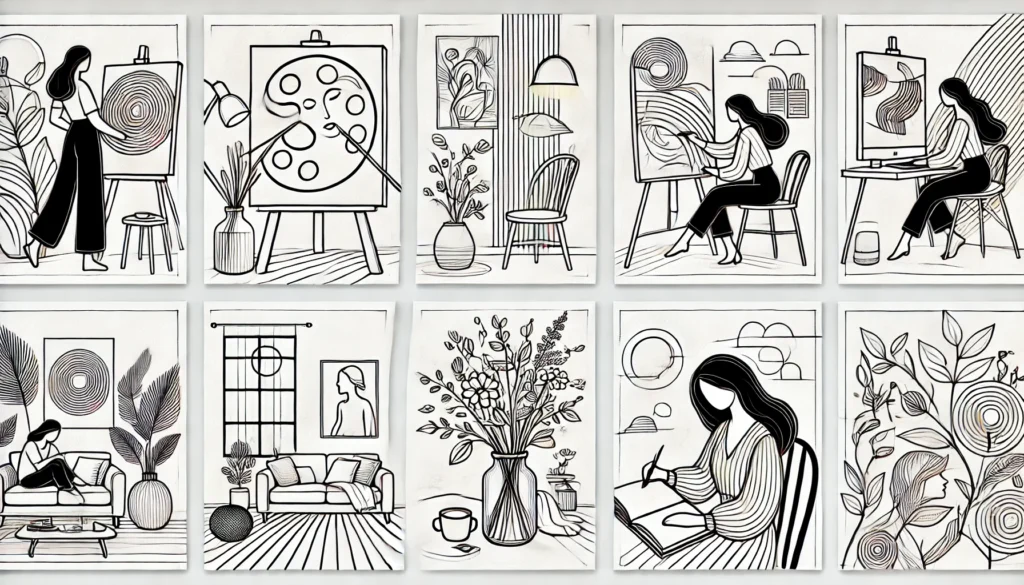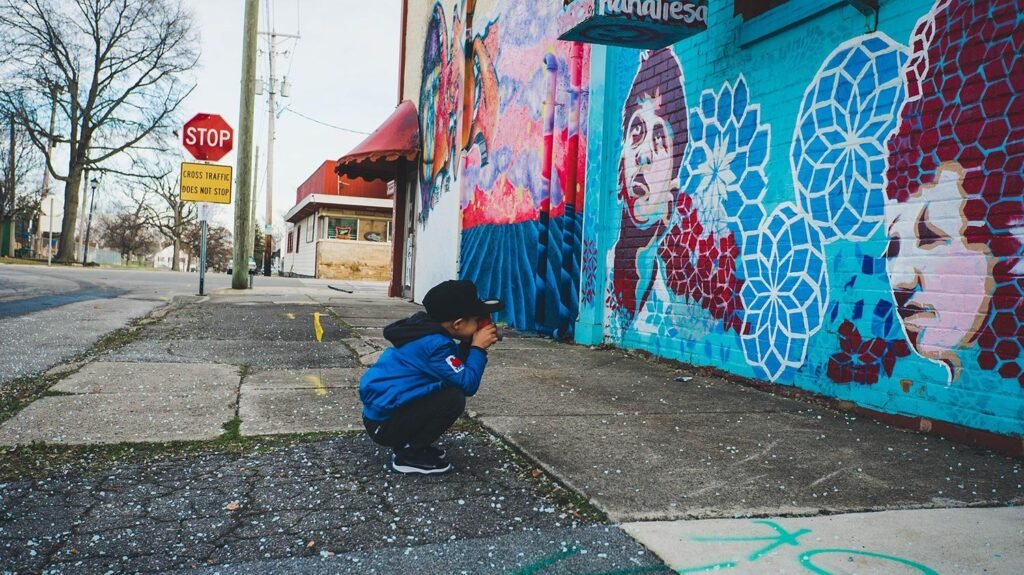Understanding the Art of Constructive Feedback

Art critiques are an essential part of the creative process, offering artists valuable insights to refine their work while fostering growth and innovation. A well-constructed critique not only evaluates the technical aspects of a piece but also delves into its emotional resonance, conceptual depth, and overall impact. Whether you are an artist, a collector, or simply an art enthusiast, understanding how to approach art critiques can elevate your appreciation and engagement with art.
What is an Art Critique?
An art critique is a structured evaluation of an artwork. It involves analyzing various components such as composition, color, technique, and theme to provide constructive feedback. Art critiques aim to:
Help artists improve their skills and expression.
Foster dialogue and understanding among viewers.
Enhance the audience’s ability to interpret and appreciate art.
The Four Steps of an Effective Art Critique
Description
Begin by objectively describing the artwork.
Focus on observable details such as subject matter, materials used, and overall appearance.
Example: “This painting features a solitary tree in a field under a vibrant, stormy sky.”
Analysis
Examine how the artist has used elements of art (line, color, shape, texture, space) and principles of design (balance, contrast, rhythm, emphasis, unity).
Example: “The contrasting use of dark and light tones creates a dramatic atmosphere, while the textured brushstrokes add a sense of movement.”
Interpretation
Explore the meaning, mood, or message behind the artwork.
Consider the cultural, historical, or personal context that may influence its creation.
Example: “The stormy sky might symbolize turmoil, while the lone tree could represent resilience and solitude.”
Judgment
Offer a subjective evaluation based on your analysis and interpretation.
Discuss what works well, what could be improved, and your overall impression.
Example: “The painting successfully conveys a sense of drama and emotion, though the foreground could use more detail to enhance depth.”
Tips for Providing Constructive Feedback
Be Respectful: Focus on the work, not the artist. Avoid personal comments.
Be Specific: Provide clear, actionable suggestions rather than vague statements.
Balance Positives and Negatives: Highlight strengths as well as areas for improvement.
Encourage Dialogue: Ask questions to understand the artist’s intentions and thought process.
The Role of Art Critiques in Personal Growth
For artists, critiques are invaluable tools for self-improvement. They:
Offer fresh perspectives that may not be apparent to the creator.
Help identify strengths and weaknesses in technique or concept.
Encourage experimentation and risk-taking.
For viewers, critiques enhance critical thinking and deepen engagement with art, transforming passive observation into active interpretation.
Challenges in Art Critiques
Critiquing art can be subjective, as interpretations vary widely based on personal experiences and cultural backgrounds. Common challenges include:
Avoiding biases or preconceived notions.
Balancing constructive criticism with sensitivity to the artist’s vision.
Recognizing that not all art aims for technical perfection—some prioritize emotional or conceptual impact.
Conclusion
Art critiques are more than just evaluations; they are conversations that bridge the gap between artist and audience. By understanding the nuances of constructive feedback, we can foster a more inclusive and insightful art community. Whether you’re critiquing a masterpiece in a gallery or your friend’s latest sketch, remember that the goal is to inspire growth and appreciation for the boundless world of art.
What do you think makes a great art critique? Share your thoughts in the comments below!
























































































